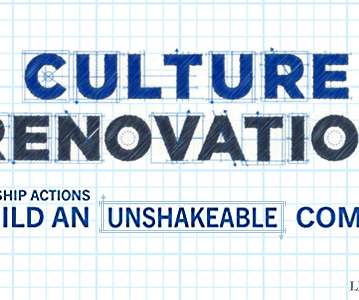Enhancing Board Performance: Strategies for Effective Board Evaluations
N2Growth Blog
NOVEMBER 28, 2023
When setting objectives for board evaluations, it is essential to consider the unique needs and challenges faced by the organization. This includes identifying the areas that require improvement or the skills that must be developed within the board.













Let's personalize your content